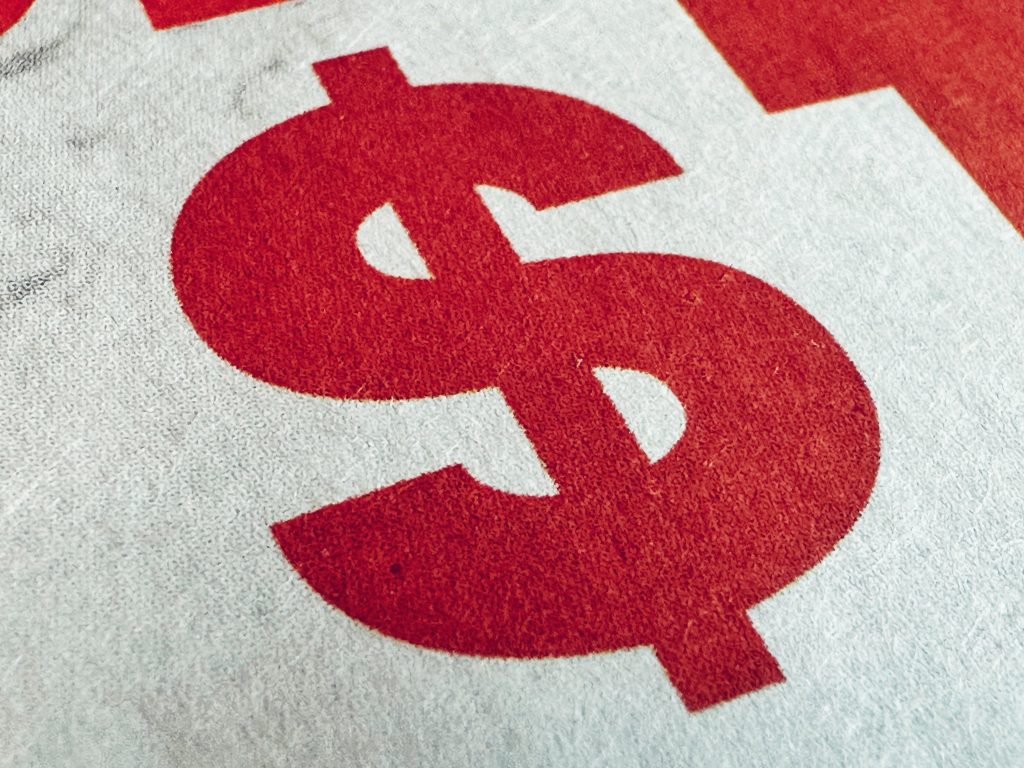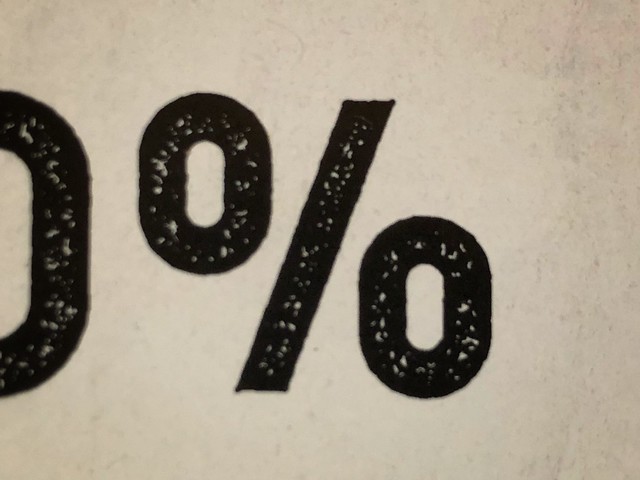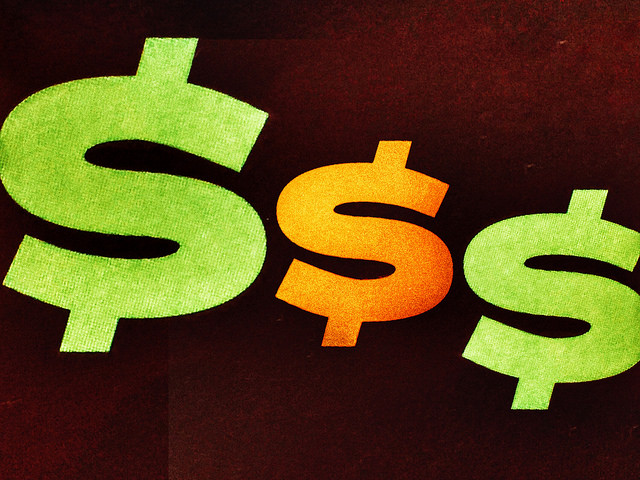Most of us know what it means to be sticker shocked. It’s when you find out the price of something is much higher than you expected. It can be a surprise. It can also be a disappointment if you were actually ready to buy. These days, according to the results of a new survey, sticker shock may be a common occurrence in the housing market. In fact, the survey – from the National Association of Home Builders and the U.S. Census Bureau – found there’s a fairly large gap between what home buyers expect to pay for a house and what homes actually cost. The survey found 38 percent of buyers expect to pay less than $250,000 for their next home. That’s well below the median price of an existing home, which is now above $400,000. It’s also well below the cost of buying a newly built home, which tend to be more expensive than older homes. For example, in 2023, only 5 percent of new homes that began construction were priced under $250,000. (source)













